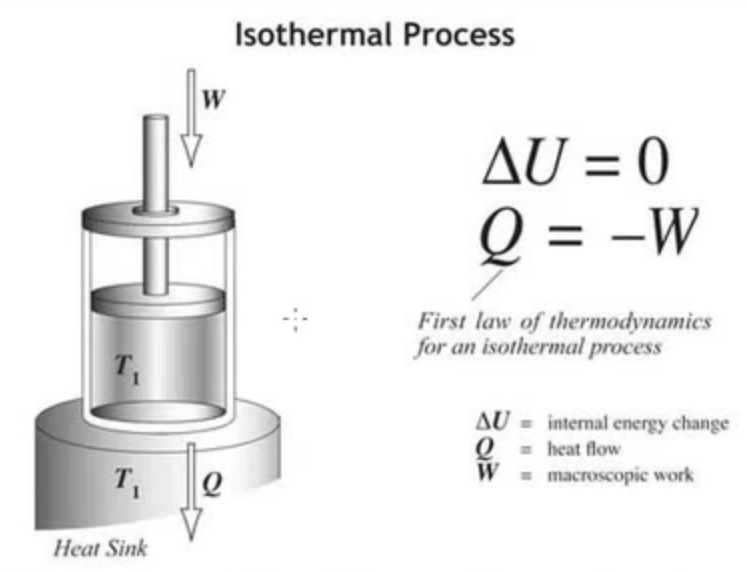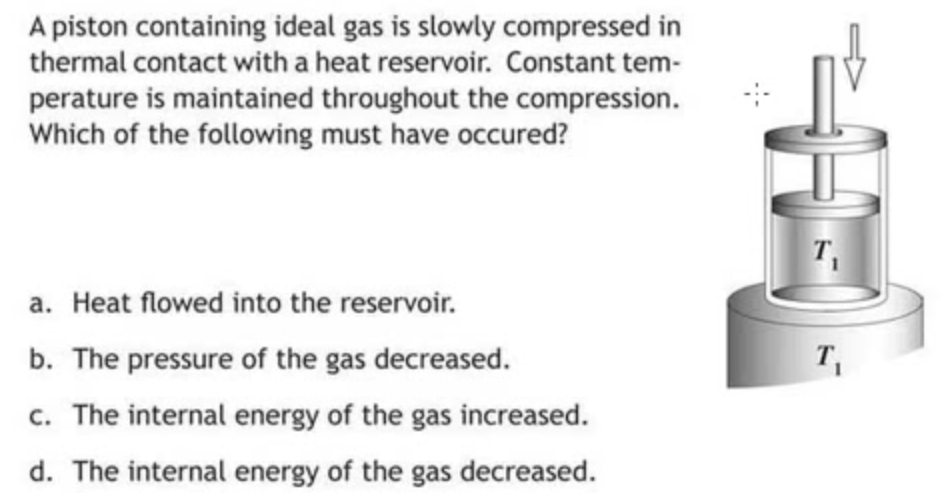- Joined
- Mar 17, 2010
- Messages
- 606
- Reaction score
- 5

is the formula for Q wrong?
if internal energy = 0 shouldn't Q=W where system performing work on the surroundings = + and heat flow in is + ???
Why does John have Q = - W (i understand this if its in chemistry but this is a physics formula...)

